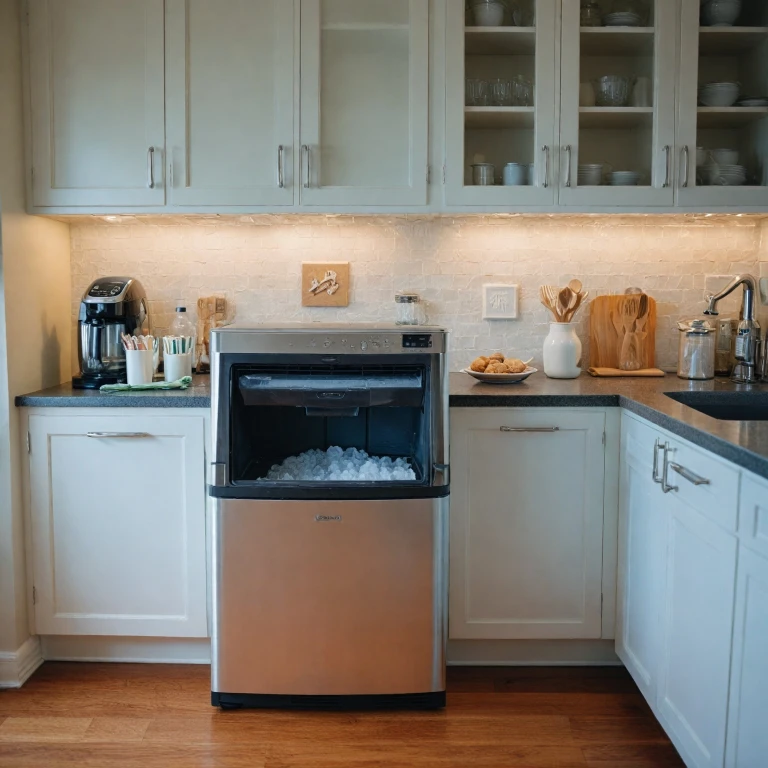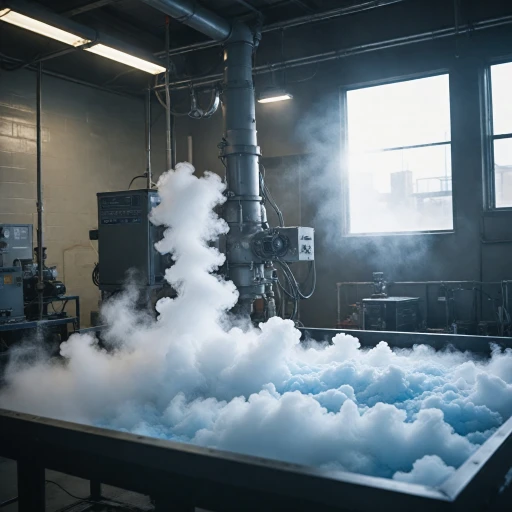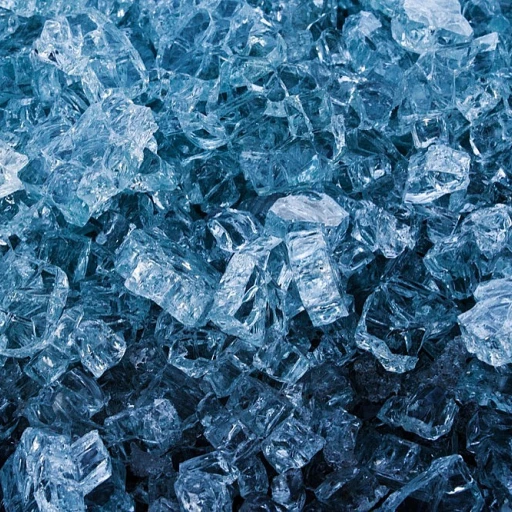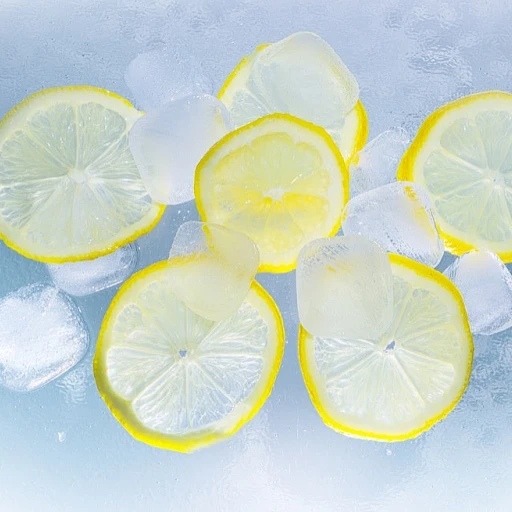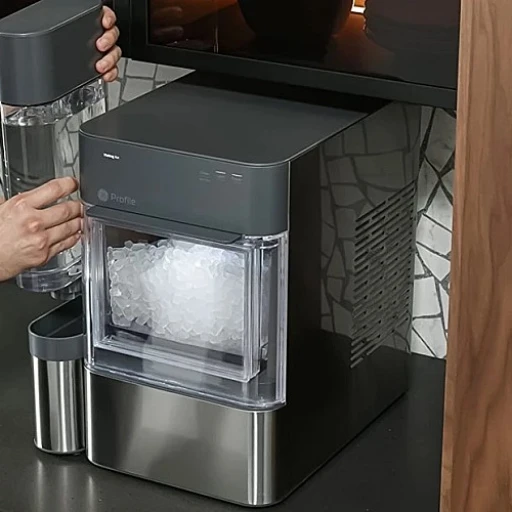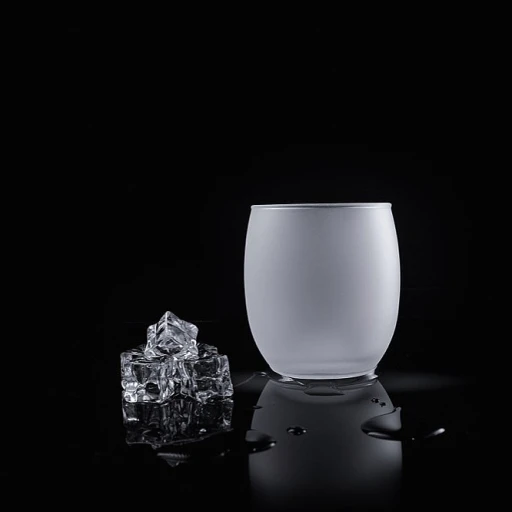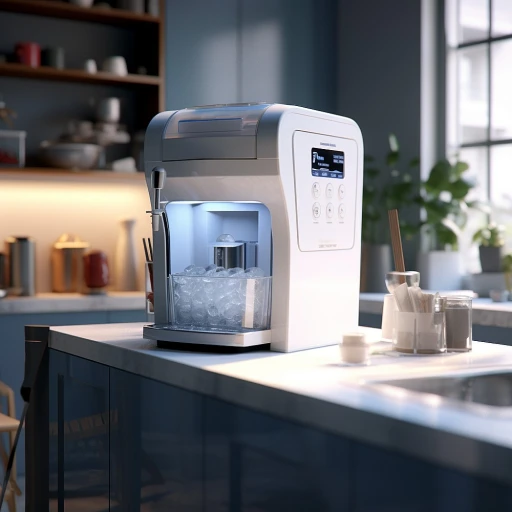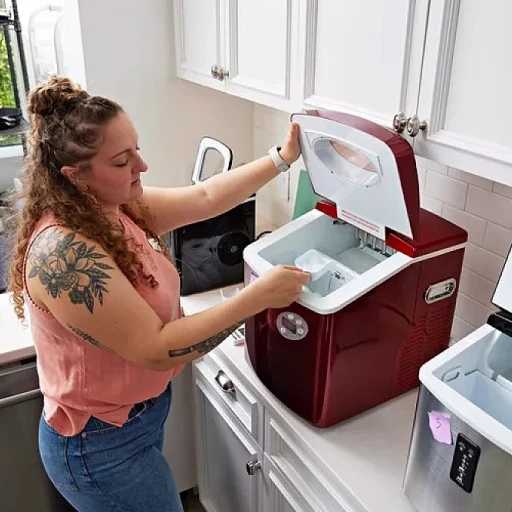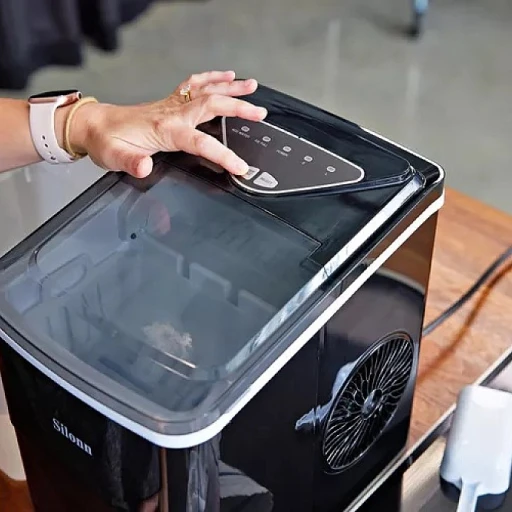Understanding the Causes of Mold in Ice Makers
Identifying Why Mold Develops in Ice Makers
Understanding why mold tends to proliferate in ice makers is crucial for prevention. Mold thrives in damp and dark environments, making the ice machine an ideal breeding ground. The presence of standing water, coupled with the frequent thawing and refreezing cycles, creates moisture that's conducive to mold growth. Additionally, if the ice maker isn't regularly cleaned or if the water filter is outdated, it can lead to the accumulation of bacteria and mold. Several factors contribute to mold slime in your ice cube trays and inside the machine. The usage frequency and type of water used can impact mold development. Hard water, for instance, can leave mineral deposits that create a habitat for mold. Ideally, using warm water periodically in cleaning routines will help minimize these risks, but thorough machine cleaning is necessary. It's important to recognize that mold growth doesn't just contaminate your ice cubes, it can also pose health risks. Digesting ice with traces of mold or bacteria is undesirable. Regularly cleaning and maintaining your ice maker not only ensures clean ice but also protects your health and enhances the machine's longevity. For more detailed cleaning guidance, refer to cleaning recommendations. Understanding these factors is your first step in preventing mold from taking hold in your kitchen appliance.Signs Your Ice Maker Might Have Mold
Indicators of Unwanted Growth in Your Machine
Spotting mold or unwanted slime in your ice maker early can save you from health risks and ensure your ice remains safe for kitchen dining. Here are a few signs to watch for:- Unpleasant Odor: If you notice a musty or off-putting smell from your ice, it's a sign that mold is likely present. Mold growth emits a distinct odor, which can easily transfer to your ice cubes.
- Discolored Ice: Clean ice should be clear or have a faint white appearance, depending on the water's mineral content. If your ice cubes appear gray or have a pinkish hue, this might indicate mold presence or contamination from slime.
- Slime Formation: Mold slime can develop in your ice maker’s water reservoir or production compartments. If you can see a slimy residue around the machine interiors, immediate cleaning is necessary.
- Visible Mold: Inspect your ice cube tray and other parts for visible mold. Mold can appear black, green, or even orange and is most common if your machine isn’t being cleaned regularly.
Regular Cleaning Routine for Your Ice Maker
Establishing a Simple Yet Effective Ice Maker Cleaning Routine
Creating and maintaining a regular cleaning routine is crucial for preventing mold in your ice maker. Mold growth in ice machines not only impacts the taste and clarity of your ice cubes but can also pose potential health risks. Here's how you can ensure your ice maker remains clean and free from mold slime:- Regular Cleaning Schedule: To prevent mold and slime build-up, aim to clean your ice maker every two to three months, or more frequently if your usage is high. Regular cleaning helps to avoid dirty ice and ensures your machine produces clean, fresh ice cubes.
- Empty the Cube Tray: Start by emptying the ice cube tray. Dispose of any ice cubes that might have been in contact with mold growth or have an unusual color or odor. This step is vital to prevent ingesting contaminated ice.
- Use Warm Water: After the tray is emptied, cleanse the machine and its components with warm water. This helps dissolve any leftover residue, making the subsequent cleaning steps more efficient.
- Cleaning Solution Selection: A mild soap solution or a mixture of vinegar and water can be used for scrubbing the machine's interior. Avoid harsh chemicals that may damage the silicone parts or leave harmful residues.
- Focus on the Filter: Don’t neglect the water filter, as it can harbor bacteria and contribute to mold formation. Regularly inspect and replace the water filter to maintain a healthy kitchen dining environment.
- Scrub and Rinse:** Use a soft cloth or sponge to clean all accessible parts of the ice maker, including hard-to-reach areas where mold might hide. After scrubbing, ensure you rinse thoroughly to remove any cleaning agents.
- Avoiding Bacteria Buildup: After cleaning, allow all components to dry completely before reassembling to prevent mold from forming due to moisture. This step is essential for your machine’s longevity and efficient operation.
Choosing the Right Cleaning Products
Choosing the Best Cleaners for Fighting Mold
When it comes to keeping your ice maker free of mold and slime, the selection of cleaning products can make a big difference. Using the right products ensures thorough cleaning without compromising the health or safety of your kitchen dining area. Here are some key points to consider:
- Non-toxic Cleaners: Opt for cleaners that are specifically designed for food-related appliances. Non-toxic, food-grade solutions are preferable as they ensure safety when making ice that will eventually be used in beverages or food preparation.
- Descaling Products: Mineral deposits can contribute to mold growth. Regular use of a descaler suited for ice makers helps in breaking down these deposits, maintaining machine efficiency. Ensure the product you choose is intended for ice machines to prevent damaging the system.
- Warm Water and Soap: For routine cleaning, warm water with mild dish soap can suffice. This combination is effective in removing simple grime and preventing slime buildup, ensuring clean ice production.
Incorporating the right cleaning agents into your maintenance schedule is vital to ward off mold and bacteria. However, always read and follow the manufacturer’s guidelines to maintain your machine's warranty and functionality. This ensures that each ice cube produced is both clean and safe for consumption.
Maintaining Optimal Conditions for Mold Prevention
Optimizing Conditions to Ward Off Mold Growth
To keep your ice maker running smoothly, focus on maintaining conditions that discourage mold growth. Mold tends to thrive in environments with moisture and warmth, so it's essential to address these factors effectively.- Temperature Control: Ensure your kitchen dining area remains at a suitable temperature to avoid warm air entering the ice maker. This aids in preventing mold slime and ice cube contamination.
- Moisture Management: Ice machines and ice makers are particularly prone to moisture build-up. To combat this, regularly inspect seals and gaskets for leaks that could allow water to accumulate and promote mold.
- Regular Usage: Making ice frequently can help keep the cube tray clean and dry, minimizing the chances of dirty ice and mold growth. It’s important to ensure the machine is used consistently to avoid stagnation.
- Water Filter Maintenance: Bacteria can easily develop if water filters are not changed regularly, so clean or replace the filter as needed to ensure a healthy flow of clean water for ice making.
- Airflow: Ensure there is enough ventilation around your ice maker. Proper airflow prevents overheating and keeps conditions within the machine unfavorable for mold.
- Ice Cube Storage: Use silicone trays or dedicated storage options that keep ice cubes from being exposed to moisture or contaminants. This practice helps maintain the purity of your cubes.
When to Call a Professional
When It's Time to Seek Professional Help
If you're experiencing persistent mold issues in your ice maker despite following regular cleaning routines and maintaining optimal conditions, it might be time to call in a professional. Mold growth can sometimes go unchecked in hard-to-reach areas of the machine, or older ice machines might have underlying issues not easily resolved by standard cleaning methods.
Professional service is especially recommended for complex units or built-in ice makers, often found in kitchen dining setups, where disassembly might be necessary to access all internal parts. Additionally, experts can thoroughly inspect the internal components, like the water filter or silicone seals, for signs of hidden mold, slime, or bacteria accumulation.
If your ice cubes are still coming out discolored or have an unusual taste or smell even after you've cleaned the ice maker, this could be a sign of deeper issues. Regularly ensuring the machine is cleaned and sanitized by professionals can help maintain the health of not just the machine, but also your food and drinks.
Lastly, professional servicing will not only address current mold issues but also provide insights on the longevity of your unit, ensuring consistent production of easy ice without the risks associated with mold slime contamination. For ongoing peace of mind, incorporating professional maintenance into your cleaning schedule might be a wise investment.
-logo-retina.jpg)
